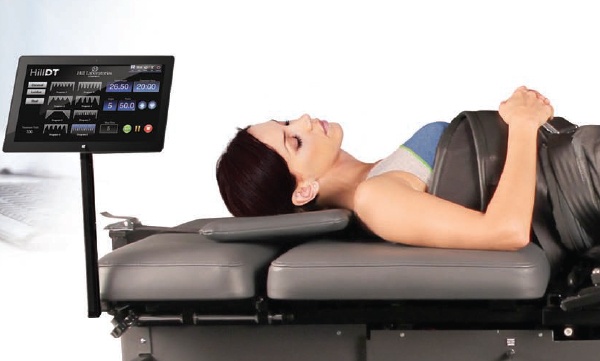Embracing the Success: Why Further Research on Non-Surgical Spinal Decompression May Not Be Necessary
Introduction
In the ever-evolving landscape of healthcare, certain therapies stand the test of time, proving their efficacy through extensive research and clinical application. Non-surgical spinal decompression is one such therapy that has garnered significant attention, with a wealth of studies supporting its effectiveness. In this blog post, we explore why more research may not be necessary for this well-established therapeutic approach, drawing on key findings from the 2015 HillDT study titled 'Measured Success' that demonstrated an impressive 91% patient success rate.
Solid Foundation of Research
Non-surgical spinal decompression has been the subject of numerous studies, contributing to a robust body of evidence supporting its effectiveness in addressing various spinal conditions. The existing research has consistently highlighted the therapy's ability to relieve pain, improve mobility, and enhance overall quality of life for patients.
HillDT Research: 'Measured Success' (2015)
One cornerstone in the foundation of non-surgical spinal decompression research is the 'Measured Success' study conducted by HillDT in 2015. This groundbreaking research delved into the real-world outcomes of patients undergoing non-surgical spinal decompression therapy, revealing a remarkable 91% success rate. This pivotal study not only reinforced the therapy's efficacy but also provided valuable insights into its application in diverse clinical settings.
Consistency in Outcomes
The success rate reported in the HillDT study is not an isolated finding. It aligns with a broader pattern of consistency observed across various research studies investigating non-surgical spinal decompression. Consistent positive outcomes underscore the reliability and predictability of this therapy in addressing spinal issues.
Clinical Guidelines Integration
Another compelling reason why more research may not be imperative is the integration of non-surgical spinal decompression into established clinical guidelines and standards of care. When a therapy becomes an integral part of evidence-based practice guidelines, it signifies a high level of acceptance within the medical community.
Resource Allocation for Optimization
Rather than channeling resources into redundant research, the focus can shift towards optimizing the implementation and accessibility of non-surgical spinal decompression. This approach allows healthcare professionals to refine protocols, enhance patient education, and broaden access to this proven therapeutic intervention.
Patient Satisfaction and Access
High patient satisfaction rates and widespread access further affirm the therapy's effectiveness. As patients continue to experience positive outcomes, the emphasis can be placed on ensuring equitable access to non-surgical spinal decompression, promoting preventive care, and fostering long-term well-being.
Conclusion
In conclusion, the extensive research backing non-surgical spinal decompression, exemplified by the 'Measured Success' study from HillDT, provides a solid foundation for its clinical application. With a proven track record of success and integration into clinical guidelines, the focus can now shift towards refining implementation and ensuring universal access to this impactful therapy. As we embrace the success of non-surgical spinal decompression, the healthcare community can continue to prioritize optimization and accessibility for the benefit of patients seeking relief from spinal issues.


